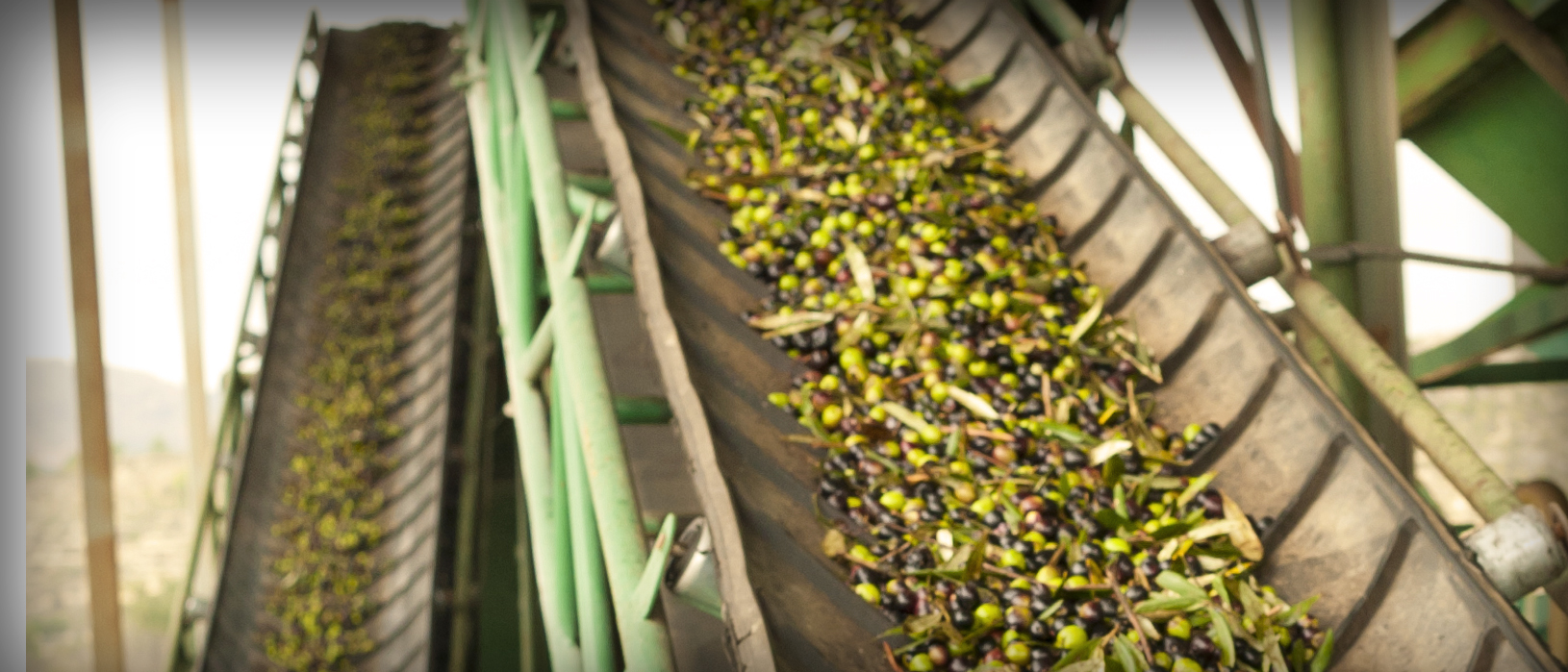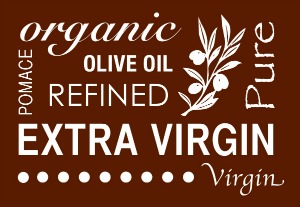Centra Foods receives questions from hundreds of manufacturers each year on the best ways to select specialty oil ingredients that fit their many different corporate goals -- one being cost savings, particularly for manufacturers using olive oil.
There are many components that can affect the total price of your olive oil, including the different quality grades of olive oil, the type of bulk packaging you choose, the volume of your orders, the distance of the shipping point and the experience or business model of your bulk supplier(s).
In this part one of the series, we're going to weigh in with the different factors that relate to choosing the right grade of olive oil to meet your company's needs.
Part One Of The Series: Choosing Olive Oil Grades
Our first recommendation is to consider the grade of olive oil that will be best for you.
Ask Your Team (And Yourself) The Right Questions
To be able to direct your own path to the right grade of olive oil, you’ll need to look at your own product and manufacturing requirements first. You can start by answering the following questions:
- Do you need an organic oil?
- Is price or quality more important?
- Do you need a mild or stronger tasting oil?
- Do your customers expect to see a high-quality grade used?
- Do you need a non-GMO or expeller pressed oil?
- Do your key grocery chain customers have any preferences or restrictions?
Also consider, what are the goals for using olive oil as an ingredient in your product? Common answers we often hear are:
- To be listed on the ingredient list, for marketing purposes
- To increase sales in the “whole foods” retail industry
- To use an natural oil with many health benefits
- To meet a specific recipe requirement
Asking yourself, your QA and Product Development teams these questions will bring to light all of the necessary information we will need to advise you through the grade selection process.
At the same time, you should know all of the olive oil grades available to you and how they're made. Understanding this will help you as you're discussing the questions above with your team.

The Grades of Olive Oil
For a quick rundown, here are all of the different grades of olive oil.
Extra Virgin Olive Oil (organic and non-organic)
Virgin Olive Oil
Pure Olive Oil / Olive Oil
Refined Olive Oil / Light or Extra Light Olive Oil
Olive Pomace Oil
How The Different Grades Of Olive Oil Are Made
Extra Virgin Olive Oil

Extra Virgin is the highest grade of olive oil, available in both traditional and organic varieties. First, the olives are harvested and washed with cold water. They are ground into paste and spun in a centrifuge to extract this initial, high-quality oil. Typically, this process occurs within 24 hours of picking the olives from the trees.
By definition, EVOO is known as the “first, cold-press”, though it’s actually spun instead of pressed in modern systems. It is technically an olive fruit juice, because it is simply the liquid extracted from the fruit of the olive. This olive oil is usually available in a Certified Organic variety.
Virgin Olive Oil
Virgin Olive Oil is processed in a similar way to Extra Virgin Olive Oil. The thing that differentiates Virgin and Extra Virgin is the acidity level after pressing: Virgin Olive Oil has a max acidity level of 2.0% while Extra Virgin Olive Oil must be below 0.08%. The difference in acidity level is caused by the olives themselves and the time delay between harvest and production. After the some of olives are harvested when they’re waiting for pressing, the fruit continues to be affected by its natural environment. For example, some olives may remain in the field longer, some may be slightly riper or have more sun exposure. Each of these natural elements causes them to oxidize faster, which increases the acidity level.
Lampante Virgin Olive Oil is a lesser grade of Virgin Olive Oil not fit for human consumption. Often, this oil is made from very over-ripe or bad olives, and is used for lamp oil or uses other than food.
Refined Olive Oil
Refined Olive Oil is Virgin Olive Oil that has been processed and refined create a mild, light tasting, and more stable oil. The refining process also removes many of the health benefits that Extra Virgin Olive Oil offers.
If you're looking for light or light tasting olive oil, this is it! This oil is known as refined olive oil in the industrial world, though they use the terms light, extra light or light tasting on retail bottles for marketing purposes.
Olive Oil (Pure Olive Oil)
Defined by the USDA, the grade ‘Olive Oil’ is commonly referred to as ‘Pure Olive Oil’ or ‘Pure’ in the U.S. bulk and retail markets. In fact, this grade is comprised of Refined Olive Oil combined with Extra Virgin or Virgin Olive Oil; common blend ratios are 85% Refined and 15% EVOO or Virgin, though they can range from 70/30 to 99/1. These ratios are determined by the supplier/manufacturer and can account for some of the price differences in Pure Olive Oil across the market. This oil has a milder taste and color than Extra Virgin or Virgin Olive Oil.
Olive Pomace Oil
Olive Pomace Oil is oil that is extracted from the pomace of the olive. “Pomace” is pulp made from the olive pit and already-squeezed olive fruit. When an olive is picked, it is ground into a paste which is squeezed or spun to get the initial oil out. The dry pulp left over is called the olive pomace.
A solvent (typically hexane) is added to the pomace to extract any remaining oil. The solvent is removed, and the remaining Pomace Oil is refined, bleached and deodorized. To learn more about this process, visit our article, Olive Pomace Oil: Defined & Demystified. This is a similar process used to manufacture seed oils like Soybean and Canola.
If you want to learn more about exactly how this process is done, I recommend watching the following slideshare presentation that will take you through it step by step.
Comparing The Different Grades Of Olive Oil: Learn More
If you want to learn more in terms of "this oil vs that oil", we'd recommend reading the following comparison articles:
What's The Difference Between Extra Virgin And Virgin Olive Oil?
The Difference Between Extra Virgin Olive Oil And Regular Olive Oil
The Differences Between The Bulk Olive Oil Grades Pure, Refined And Pomace
Organic EVOO Vs. Traditional EVOO: What’s The Difference?
The Type Of Olive Oil You Need To Use To Get A Light Color & Flavor
Organic Olive Oil Vs. Non Organic
The Quick Comparison Guide Of Olive Oil Grade Characteristics
Bulk Olive Oil Color Doesn’t Indicate Quality
Comparing Olive Oil Grades Across The Quality/Price Spectrum
Topics: Purchasing & Procurement












